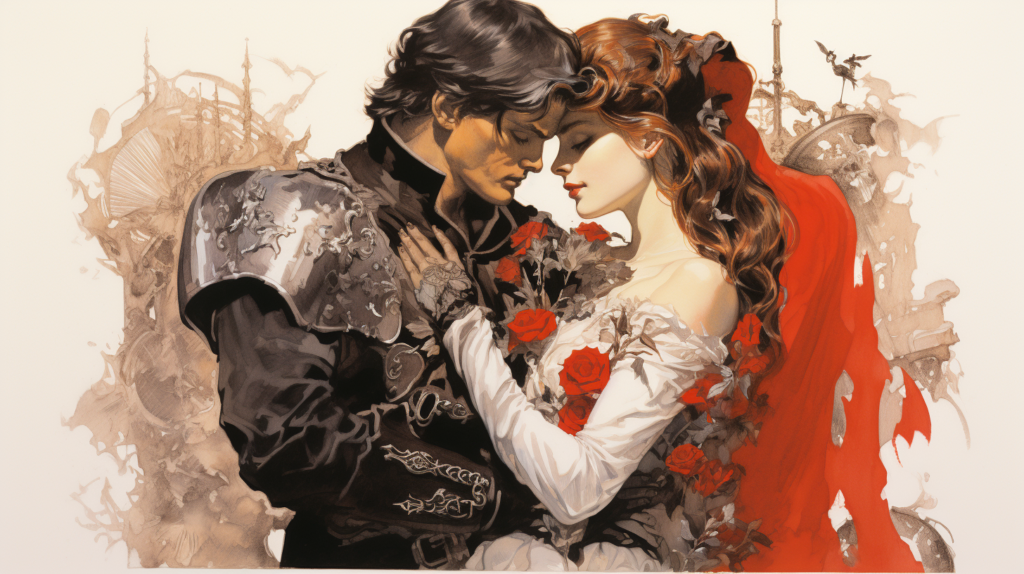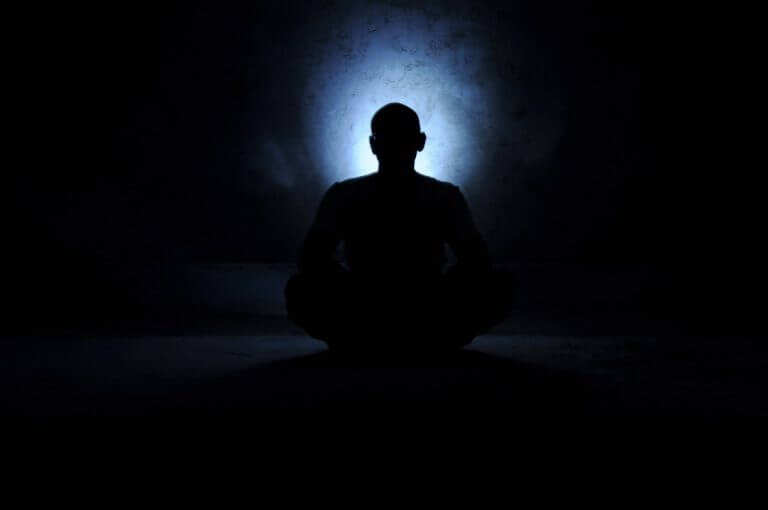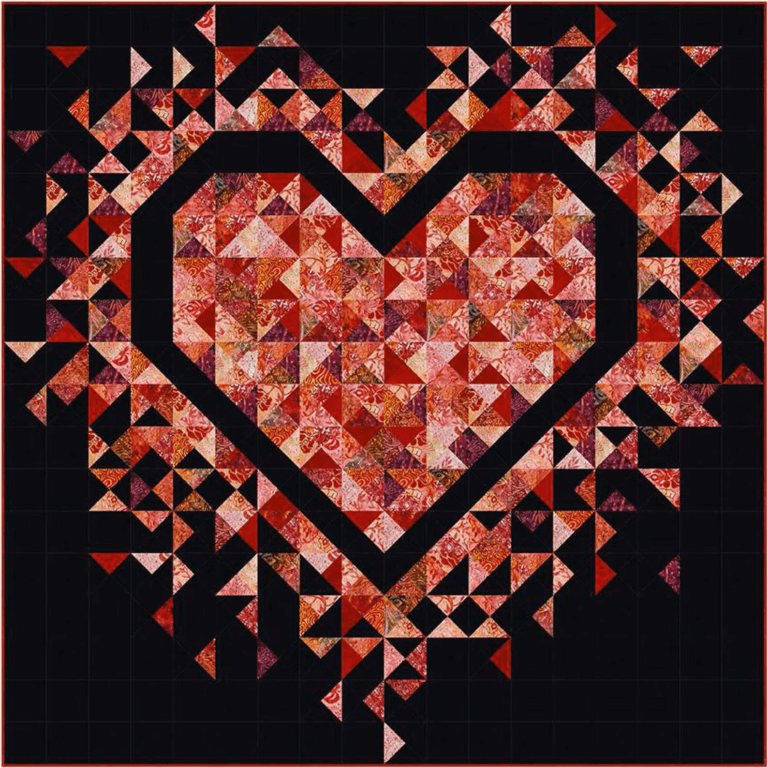Historical and Literary History of Soulmates
The concept of soulmates has a long and intricate history that spans across various cultures and time periods. The idea of two individuals being destined for each other, connected on a deep spiritual level, has captured the human imagination for centuries. This concept has found its way into mythology, philosophy, religion, and literature, shaping our understanding of love, relationships, and the human condition. Let’s explore the historical and literary evolution of soulmates.
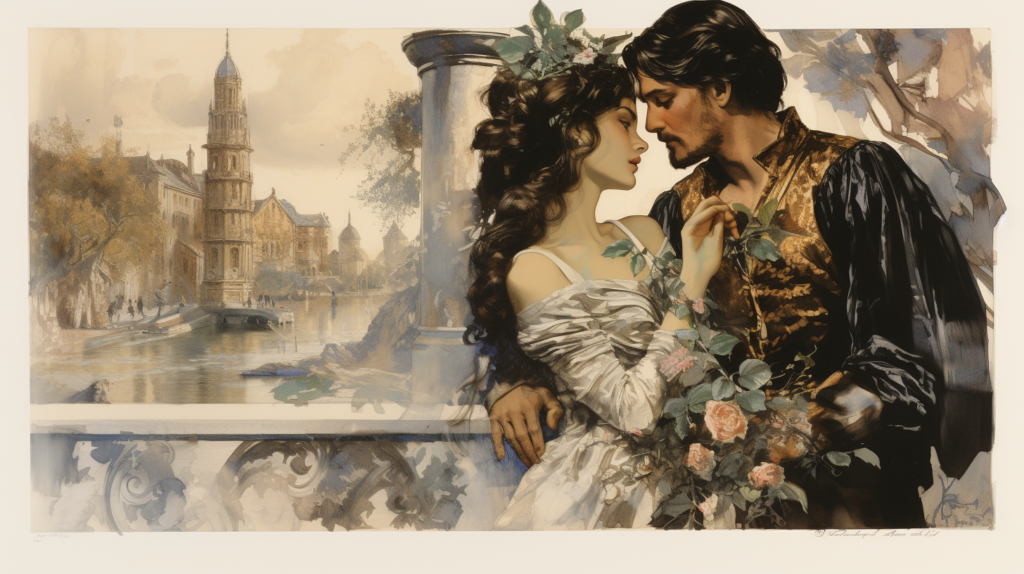
Ancient Origins:
The origins of the concept of soulmates can be traced back to ancient Greece. In Plato’s Symposium, written around 385-380 BCE, the philosopher presents a mythological account of human creation. According to this myth, humans were originally created as two beings with four arms, four legs, and a single head with two faces. However, due to their excessive power and pride, Zeus split them in half, condemning each individual to spend their lives searching for their other half. When the two halves reunite, they experience a sense of completeness and become soulmates.
Eastern Influences:
In Eastern philosophies and religions, the concept of soulmates takes different forms. In Hinduism, the idea of soulmates is connected to the concept of karma and reincarnation. It is believed that souls are bound by destiny and can be reborn together to fulfill their spiritual journey. The Sanskrit term “jīvātma” is often used to describe the soulmate connection.
Literary References:
Throughout history, soulmates have been a popular theme in literature, both in ancient and modern works. One notable example is the epic poem “The Odyssey” by Homer. The protagonist Odysseus spends years separated from his wife Penelope, yet their enduring love and eventual reunion symbolize their soulmate connection.
William Shakespeare’s plays also explore the idea of soulmates. In “Romeo and Juliet,” the two young lovers are portrayed as destined soulmates whose tragic fate brings them together in a star-crossed romance. In “A Midsummer Night’s Dream,” the characters Lysander and Hermia are described as soulmates, despite various obstacles and magical interventions.
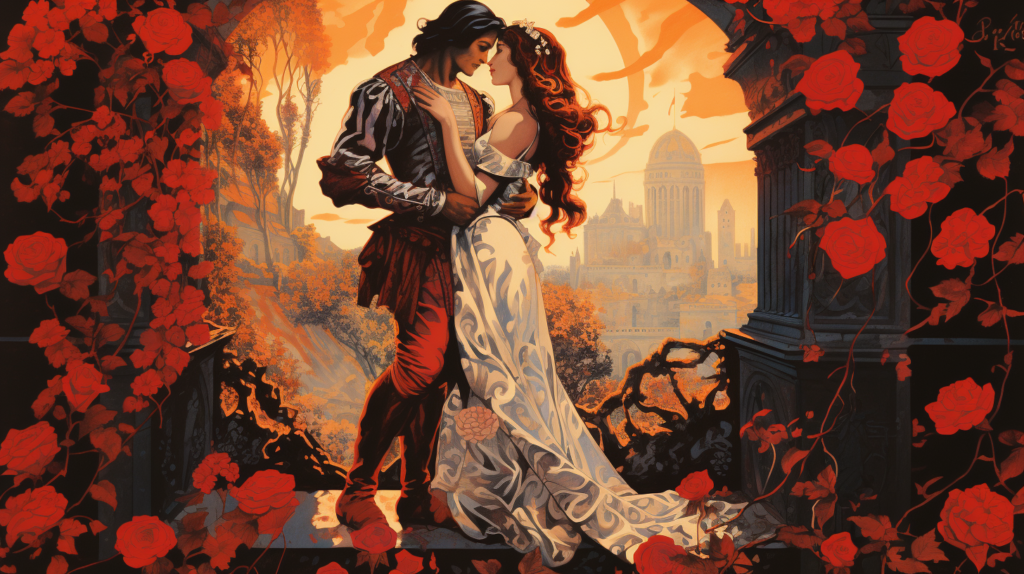
Romantic Era and Beyond:
The Romantic era, spanning the late 18th and early 19th centuries, emphasized the idea of soulmates in literature. Romantic poets like William Wordsworth, Samuel Taylor Coleridge, and Lord Byron wrote extensively about the soulmate bond and the longing for a perfect union. Wordsworth’s poem “Intimations of Immortality” explores the idea of pre-existence and soulmates who recognize each other through a shared memory of a higher realm.
In the 20th and 21st centuries, the concept of soulmates has continued to evolve in literature and popular culture. Novels like “Jane Eyre” by Charlotte Brontë and “The Time Traveler’s Wife” by Audrey Niffenegger delve into the complexities of soulmate relationships and the challenges of finding and maintaining a deep connection.
Modern interpretations of soulmates often focus on the idea of compatibility and shared values, emphasizing the importance of emotional and spiritual connection. This concept has gained popularity in contemporary romance novels and films, where characters search for their perfect match, guided by the belief that there is someone out there who completes them on a profound level.
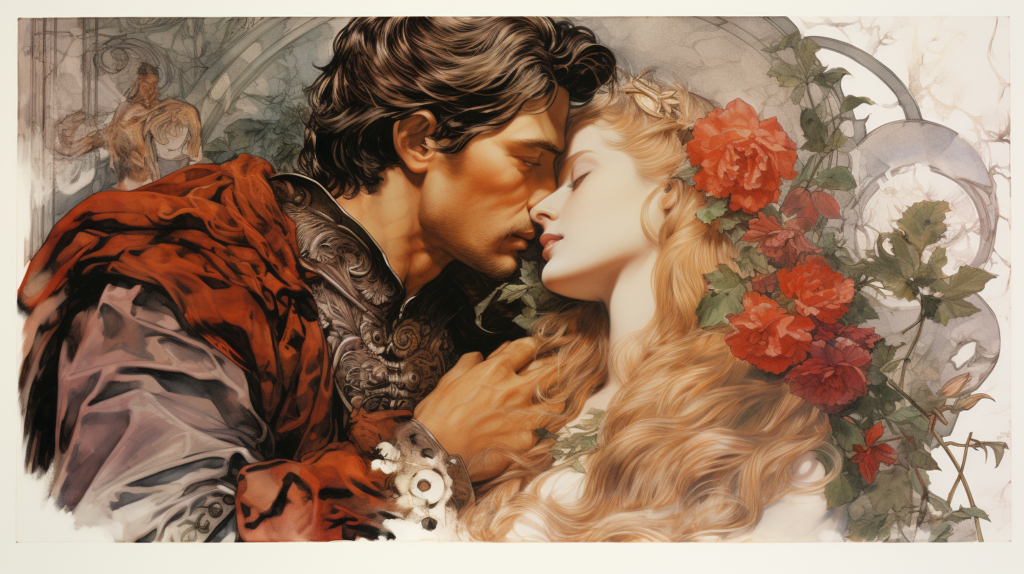
Conclusion:
The historical and literary history of soulmates reveals the enduring fascination with the idea of finding a deep and meaningful connection with another person. From ancient myths to modern literature, the concept of soulmates has shaped our understanding of love, destiny, and the search for completeness. Whether seen through the lens of mythology, philosophy, or contemporary romance, soulmates continue to capture our imaginations and remind us of the profound power of human connection.
I can cast soulmate spells to help you find yours!
